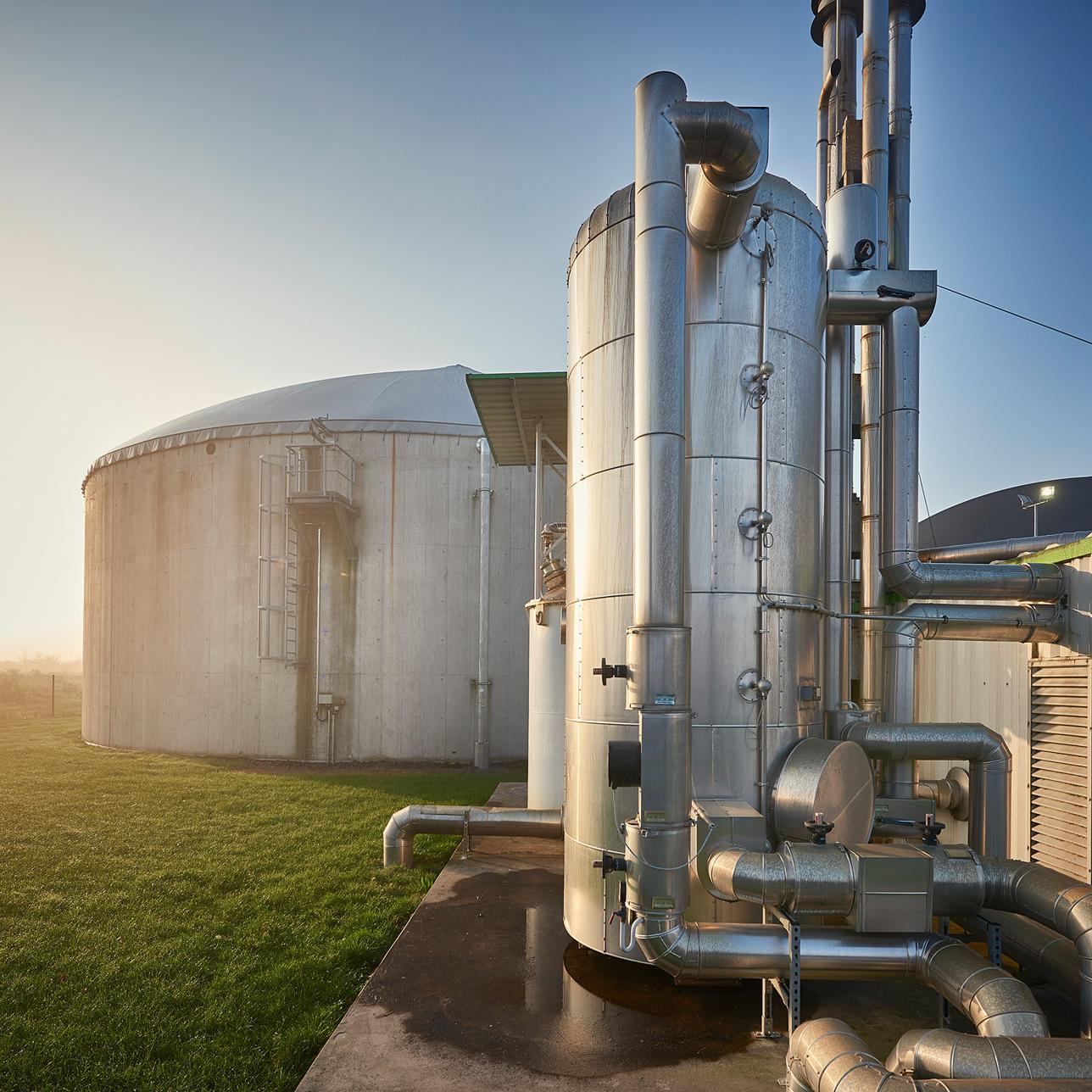Transport and storage solutions
Storing and transporting energy safely
A robust gas infrastructure will be an essential part of any sustainable energy supply system in the future. Energy transport in the gas network not only allows gas to be moved over long distances; gas storage facilities are also integrated in this network. Gas can be stored there in large quantities and across seasons. This means that in the summer, when the general demand for gas decreases, the storage tanks can be filled. In winter, when demand is higher, the gas can then be taken out of storage and delivered to consumers.
Today we transport natural gas, tomorrow green gases
The independent VNG subsidiary ONTRAS Gastransport GmbH operates the transmission system in Eastern Germany. This network has a total length of approx. 7,700 kilometres and still mainly supplies connected consumers with natural gas, but in the future will also do this with green gases. As an independent transmission system operator, ONTRAS guarantees non-discriminatory network access. ONTRAS is also a pioneer of green energy in the German gas network.
23 biogas facilities are already connected to the ONTRAS network. And the transport of hydrogen is nothing new for the company – green hydrogen has been flowing through the ONTRAS lines from two power-to-gas plants in Eastern Germany since 2013. Three hydrogen infrastructure projects by ONTRAS - doing hydrogen, Green Octopus Mitteldeutschland with LHyVE Transport and the conversion of a natural gas pipeline to hydrogen as part of the Bad Lauchstädt Energy Park real-life laboratory - will create an H2 start network of more than 900 km of pipelines by 2030.
The core of the network will be formed by existing pipelines that will be converted from natural gas to hydrogen. Before switching to hydrogen, each pipeline must be tested for suitability and, if necessary, upgraded. Many of the ONTRAS lines are already H2-ready. In the spring of 2022, ONTRAS commissioned the world’s first climate-neutral gas pressure regulator station of this type in Nesselgrund near Potsdam. From here, 400,000 customers in the region are supplied with gas.
Gas storage backbone of the energy system
Within the VNG Group, VNG Gasspeicher GmbH (VGS) is responsible for the operation and maintenance of four underground gas storage facilities. The company markets 2.2 billion cubic metres of gas storage capacity in underground caverns and deposits in Germany. This makes the VNG Group one of the largest gas storage operators in Germany. By means of its capacity, VNG successfully helped to prepare Germany for the heating season in the winter of 2022/23 during the gas crisis.
In the future, these storage facilities will store hydrogen. These storage caverns in natural salt rock layers can store gas, even hydrogen, in very condensed form. However, pipes, control modules and fittings all have to be adapted or replaced for this purpose, both above and below ground. VGS is actively involved in creating the hydrogen network “HYPOS East Germany” and is currently studying conversion requirements and the associated costs. Permanent and at the same time flexible storage is also a core component of the Bad Lauchstädt Energy Park.
Download
The value of gas infrastructure for the energy transition in Germany


